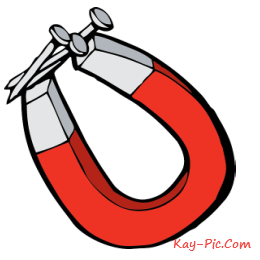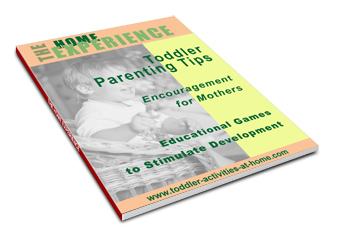Preschool Science Activities_Magnets

These preschool science activities_magnets are great fun and offer many learning experiences.
Science games and fun science experiments show children how the world around them works, this is a natural curiosity that all children have and will often ask questions about.
For These Fun Preschool Science Activities_Magnets You Will Need;
Balloons
Ruler
Squares of cotton and silk
Different strength magnets
Variety of household items (metal-plastic-wood-glass)
A little shredded paper
See the margins for some great magnet kits!
Electrical Charge
When you rub something with another material, some objects produce an electrical charge.
Inflate the balloons. Let your preschooler rub the balloon on their shirt. What happens when they hold it up to their hair? (Their hair and the balloon attract each other)
Rub the balloon again and hold it to a wall. Does it hold?
Take a ruler and loosely wind the cotton cloth around it. Rub the clothe up and down vigorously. Hold it over the paper what happens? (The paper should stick to the ruler.) Repeat with silk.
Magnets
On a table lay out your chosen household items and the magnets. Let your preschooler experiment with which ones attract and which repel and which have no effect at all.
Let them try to see if a different strength can lift various weights of metal form spoons to cups or nails.
Consider playing this magnet fish game
Materials And Their Properties
This will be when children start to discover what things are made of and how things look and feel.
Science games like sorting is a good start, simply classifying things into different group properties like shiny, hard or smooth, and simple floating and sinking fun science experiments could be done in the bath.
Just go around the house and find a good selection of items for the experiment and before getting in the bath ask your child to group the items into things that they thinks will float and things that they think will sink, ask them why they think they will float or sink.
Now when they are in the bath, put one item in at a time and see their reaction, were they right? Did it float?
Then have a talk about why it did or did not float.
You could also describe how some materials change when they are heated, cooled, stretched or twisted.
To Help Busy Mums and Dads Here Are Some Related Shopping Items
When you purchase from this link, you are actually purchasing from Amazon.com, and you can have peace of mind that your order will be processed by Amazon’s secure order server.
Other Articles for You
Home l Stay At Home Moms l Toddlers Games l Toddler Exercise l Constipation in Toddlers l Shopping with Toddlers l Helping Toddlers Overcome Fears l Teaching Toddlers Manners l Toddler Music Activities l Homeschooling Toddlers l Toddler Bedroom l Toddlers And Food l Parenting Toddlers Alone l Reading to Toddlers l Aggressive Toddler l Toddler Sleep Tips l Buying toddler toys l Shy toddler l Development l Toddler Chores l Toddler Routines l Toddler Educational Activities l Toddler Learning Activities l Toddler Coloring Pages l










New! Comments
Have your say about what you just read! Leave me a comment in the box below.